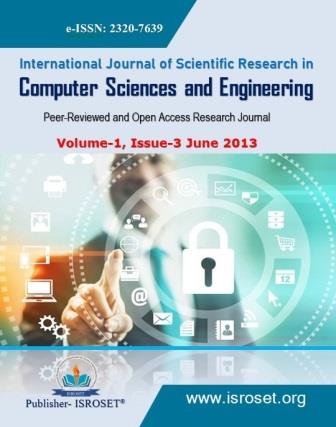Simulation of current mode schmitt trigger using LT-Spice
Keywords:
MO-CCCDTA, Parasitic, SPICEAbstract
Presently, there is a growing interest in synthesizing current controlled circuits because of their advantages. So the purpose of this article is to describe the functioning of current mode Schmitt trigger in both inverting and non-inverting mode with the help of MO-CCCDTA (multiple output current controlled current differencing transconductance amplifier). A temperature independent current mode Schmitt trigger can be constructed using MO-CCCDTA and the output of that can be controlled by the current. There is no parasitic losses because passive elements are not used.Thus impedance is low and power consumption will comparatively low.LT SPICE is used as a simulation tool.
References
Silapan, P., & Siripruchyanun, M. (2009). “A simple current-mode Schmitt trigger employing only single MO-CTTA.” In the pro-ceedings of the 2009 6th international conference on electrical engineering/electronics, computer, telecommunications, and information technology (ECTI-CON 2009) (pp. 556–559).
Siripruchyannun, M., & Wardkein, P. (2003). “A fully independently adjustable, integrable simple current controlled oscillator” and derivative PWM signal generator”.The IEICE Transactions on Fundamentals of Electronics and Computer Sciences, E86-A, 3119-3126.
Siripruchyanun, M., & Jaikla, W. (2007). Realization of currentcontrolled current differencing transconductance amplifier(CCCDTA) and its applications. The ECTI Transactions onElectrical Engineering, Electronics, and Communications (ECTI-EEC),5(1),41–50.
Siripruchyanun, M., & Wardkein, P. (2001). Temperature-insensitive and electronically adjustable square/triangular wave generation based on novel Schmitt trigger oscillator. In Pro-ceedings of ISIC2001 9th international symposium on integrated circuits, devices and systems (pp. 219–222)
Downloads
Published
How to Cite
Issue
Section
License

This work is licensed under a Creative Commons Attribution 4.0 International License.
Authors contributing to this journal agree to publish their articles under the Creative Commons Attribution 4.0 International License, allowing third parties to share their work (copy, distribute, transmit) and to adapt it, under the condition that the authors are given credit and that in the event of reuse or distribution, the terms of this license are made clear.







